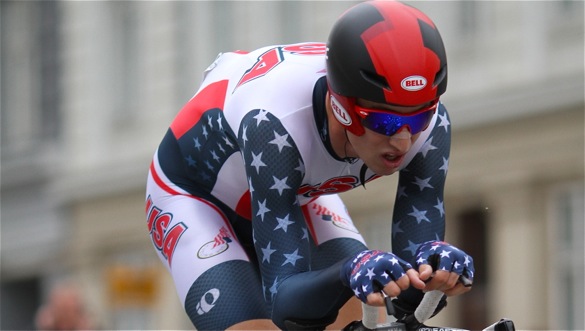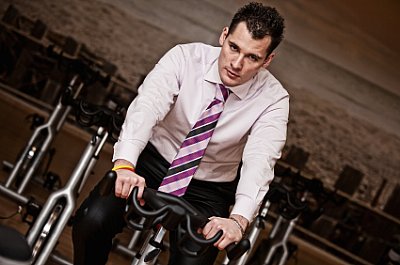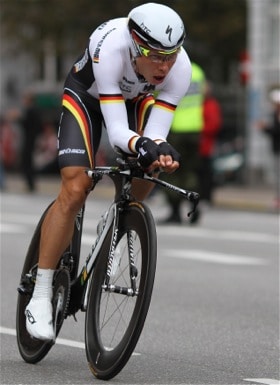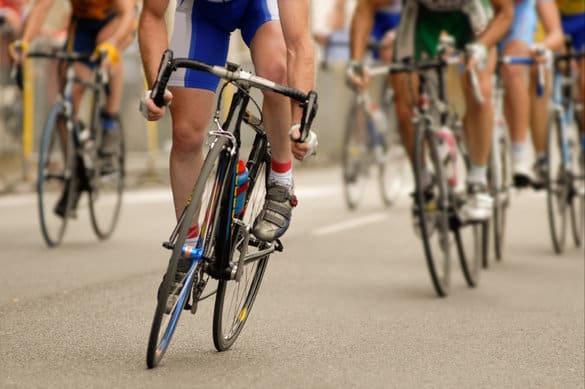10 Steps to Achieve Better Results with Interval Training
Interval training is often mentioned as the key to successful cycling training. Therefore, interval training is a cornerstone in all my training programs, and I believe it is the most time-effective way to achieve great results. There are a few things that you can do to make sure that your interval training is as effective […]
10 Steps to Achieve Better Results with Interval Training Read More »




